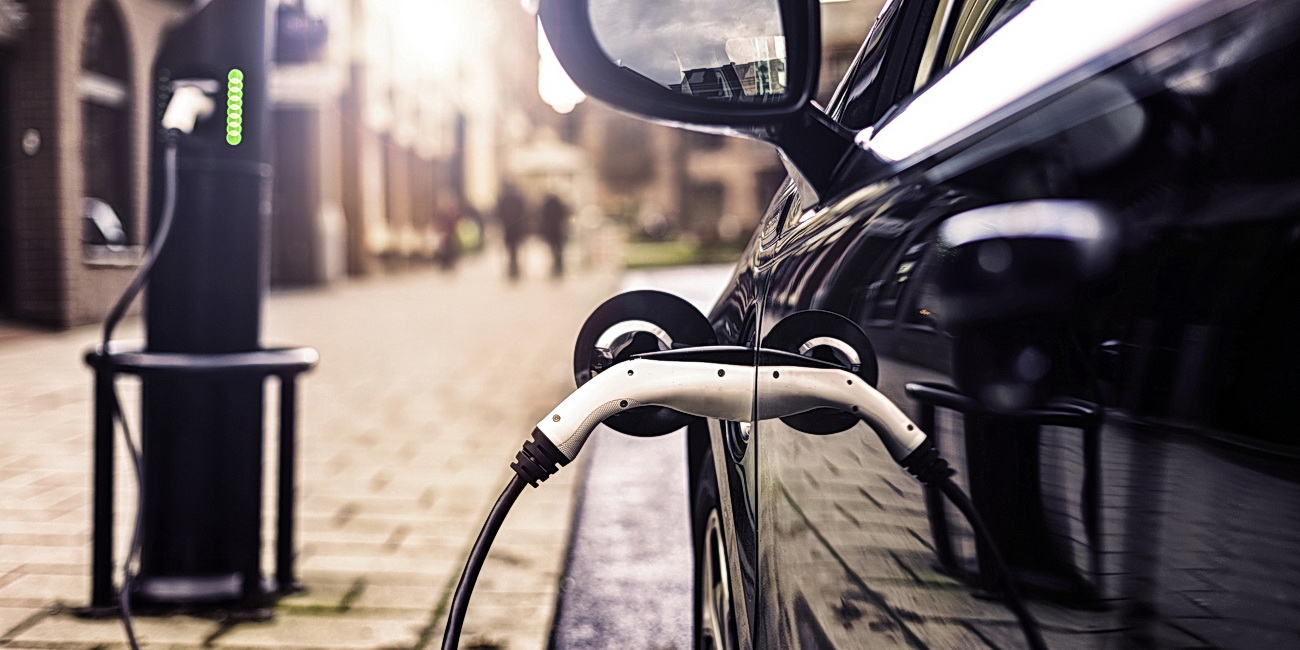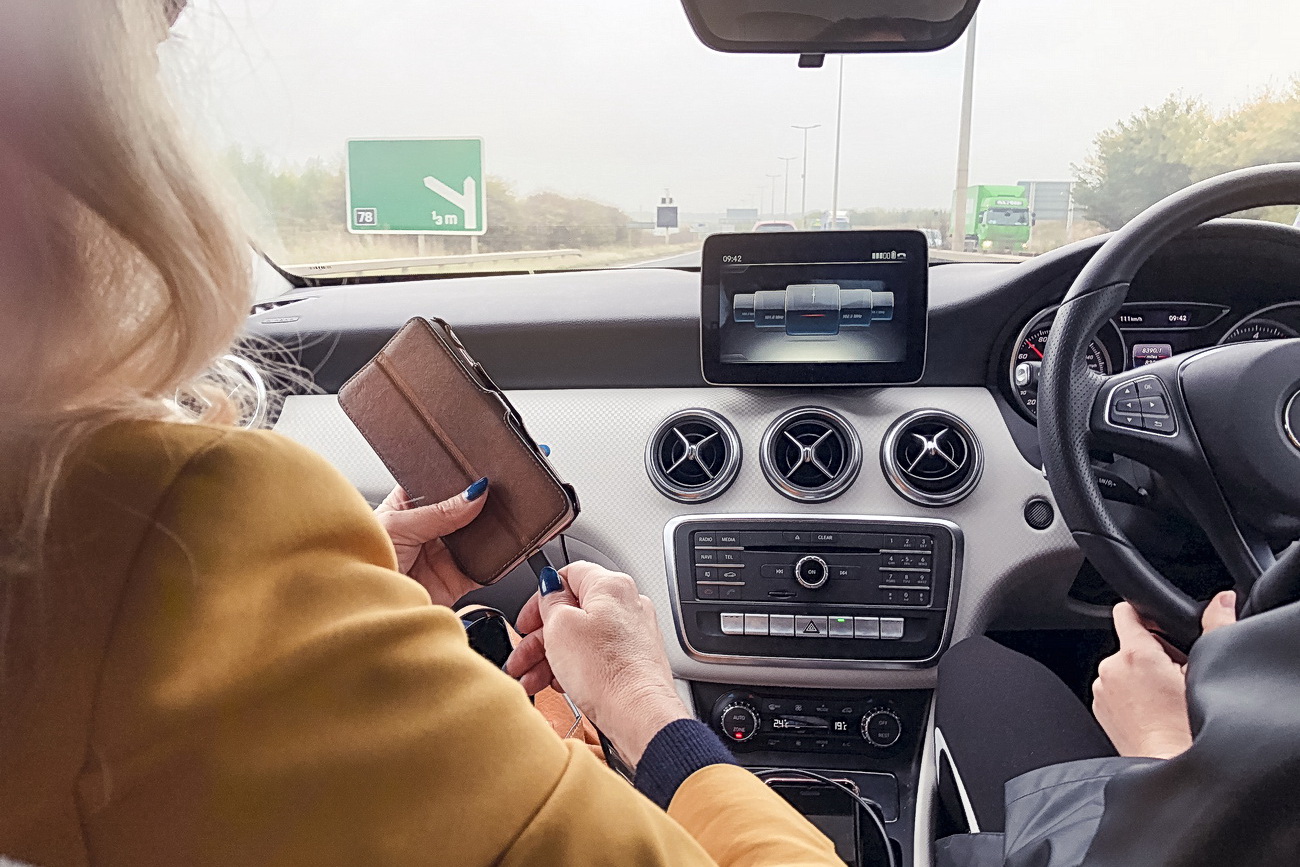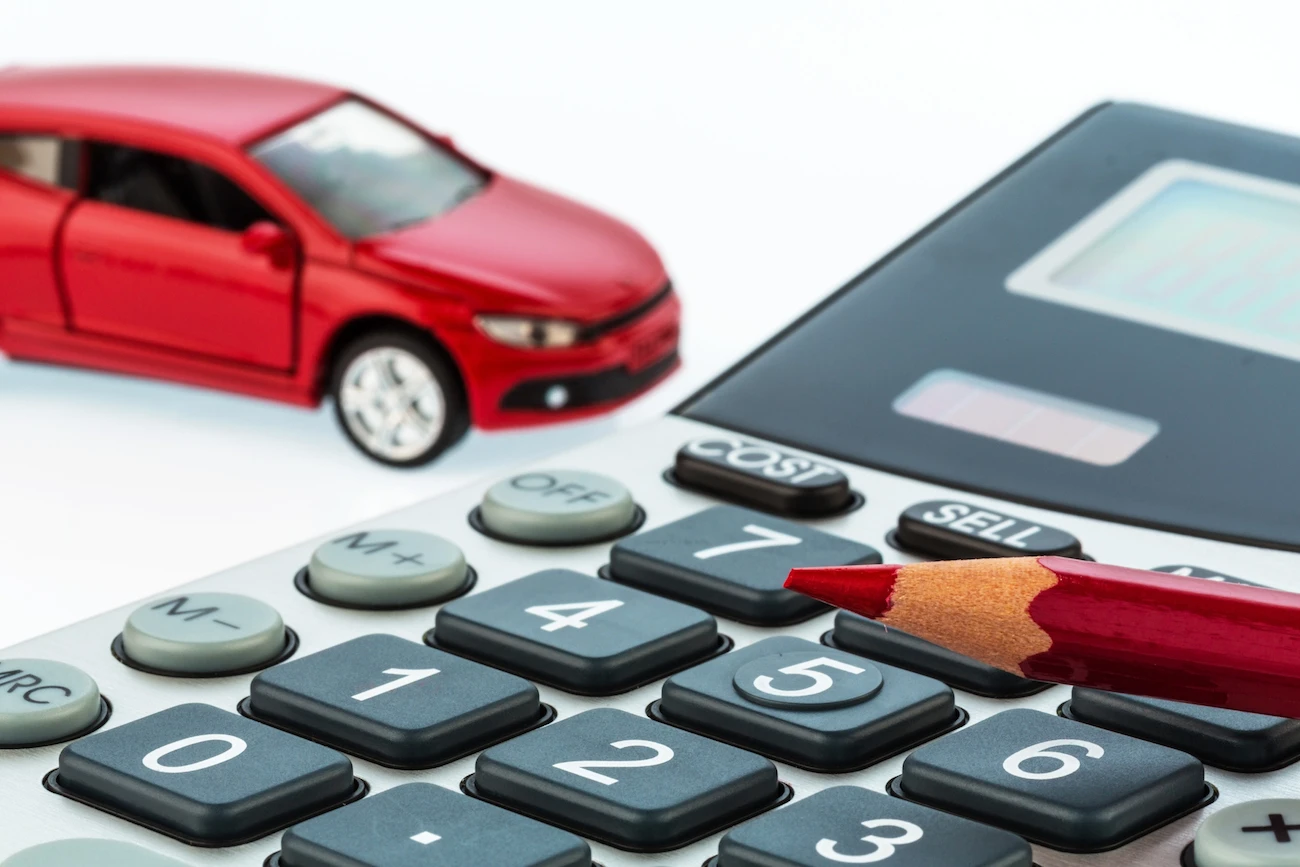Drive a company car? As from 6 April 2018, it'll probably become more expensive. Here's a look at how company car tax rates have changed in 2018/19 and what this means for your tax bill.
Who pays company car tax?
You have to pay tax on your company car:
- If you're an employee
- If you're self-employed but do business as a limited liability company. This is because, legally, your limited liability company is a separate person, and you're its employee.
- As an employer, you pay Class 1A National Insurance on every company car
- As an employer, you also have to file a P46 car tax form for every company vehicle.
How do I calculate company car tax?
Before we delve into the company car tax rates for 2018/19, here's a quick refresher.For employees, HMRC considers a company car to be a benefit-in-kind (known as BiK in short). In other words, it's a valuable perk over and above your salary, which is why you have to pay tax on it. Your employer (or your limited liability company) will deduct any company car tax due to HMRC at the source. Your car is taxed at different rates, called benefit-in-kind rates, depending on:
- The car's taxable value, or P11D value. Taxable value is the car's ticket price plus VAT and delivery fees, less the cost of first registration and road tax (vehicle excise duty, or VED). You can find your car's P11D value using HMRC's company car and car fuel benefit calculator
- How much carbon dioxide the car emits
- The car's fuel type — petrol, diesel, hybrid or electric
- Your income tax bracket.
How has the company car tax changed in 2018/19?
In 2018/19, the BiK tax rates have gone up across the board. The increase means you'll pay more tax on your company car.
What were the BiK rates in 2017/18?
The BiK tax rates for 2017/18 were lower in general. However, the 2018/19 increase is especially noticeable for low-emission cars.The table below shows the BiK tax rates for 2017/18. As you can see, a petrol car that emits up to 50 grams of CO2 per kilometre had a BiK tax rate of nine percent. In 2018/19, the BiK tax rate is now thirteen percent — a staggering four percent increase.The BiK tax rate was also three percent lower for cars that emit 51 to 75 g/km of CO2 and two percent lower for vehicles that emit between 76 and 184 g/km of CO2.
What if I drive a diesel company car?
If you drive a diesel, there's even more bad news. In addition to the BiK tax rate, you may also have to pay a surcharge, called a diesel supplement.The diesel supplement was already in force in 2017/18. But, as from 2018/19, it has gone up from three percent to four percent. The diesel supplement applies if:
- Your car is diesel only (not a hybrid)
- You registered it between 1 January 1998 and 31 August 2017
- You registered it on 1 September 2017 or after, but it isn't RDE2-certified. RDE2 stands for Real Driving Emissions 2. This emissions test finds out how much nitrogen oxide (NOx) the car emits under real driving conditions. The RDE2 standard is 0.080 grams of nitrogen oxide per kilometre
- You don't have to pay the diesel supplement if you can prove your car emits less than 0.080 grams of nitrogen oxide per kilometre.
Crunching the numbers: Company car tax calculation example
Let's say your company car has a P11D value of £20,000. To keep things simple, we'll use a car that has a petrol engine and emits 50 grams of CO2 per kilometre. Your highest rate of income tax is 20 percent.In 2017/18, you'd pay company car tax as follows:
- You'd multiply your car's P11D value of £20,000 by the BiK rate
- Since the car has a petrol engine and emits 50g/km of CO2, the BiK rate is 9 percent
- So, £20,000 multiplied by 9 percent would give you £1,800
- Since your highest rate of income tax is 20 percent, you'd pay 20 percent of £1,800, or £360.
In contrast, in 2018/19, the BiK tax rate for a petrol car that emits 50 g/km of CO2 is 13 percent.So, you'd multiply the P11D value of £20,000 by 13 percent, which would give you £2,600. The result means you'd pay 20 percent of £2,600, or £520 in tax — £160 more than last year.
What about hybrids and electric cars?
If you've read this far, you'll probably have noticed that the BiK tax rate system penalises cars that produce lots of emissions. The more a car pollutes, the more tax you'll pay. In contrast, the cleaner your car is, the less tax you'll pay. Hybrid and electric cars are much cleaner than petrol and diesel. So, in the past, lower BiK tax rates applied to hybrids, while all-electric electric vehicles were tax-exempt. Unfortunately, because more people are buying hybrids and electric vehicles, HMRC now taxes them too (well, HMRC need to eat too, right?)

How much tax would I pay on an electric or hybrid company car?
The BiK rates for electric cars and hybrids are calculated according to how many miles they can drive without producing any CO2 emissions, also known as called zero emission mileage. Electric cars never produce any emissions, so they're always taxed at the lowest rate. Curiously, the government plans to hike up BiK tax for electric cars and hybrids in 2019/20. But it'll slash it to two percent as from 2020/21. This means that, in 2020/21, company car tax on electric cars and hybrids will be significantly cheaper than a tax on company cars with other engine types. This table shows the BiK tax rates for electric cars and hybrids in 2018/19, 2019/20 and 2020/21
What's the best company car to have for tax in 2018?
Here are a few tips on choosing a tax-efficient company car:
- In the long term, electric cars are your best bet. While they're more expensive than petrol and hybrid models to buy, they'll be the most tax-efficient vehicles to run once the BiK rate drops to two percent in 2020/21
- If you can't afford an electric car, it's worth looking at low-emission petrol and hybrid cars. They're cheaper to buy, so they have a relatively low P11D value. And, in 2018, the BiK tax rates are still quite low. That said, this is only a short-term solution. BiK rates for petrol cars will continue to go up.
- Avoid diesel cars. They're typically expensive to buy. And, unless you get an RDE2-certified model, you'll have to pay a four percent surcharge over and above the BiK tax rate.
Company cars worth looking at include:
- Peugeot iOn — with prices starting at £15,995, this is one of the cheapest electric cars around. If you fall within the 20 percent tax bracket, you will pay £415.87 in 2018/19, £511.84 in 2019/20 and £63.98 in 2020/21
- Renault ZOE — starting at £18,420, this electric car would set you back £478.92 in 2018/19, £589.44 in 2019/20 and £73.68 in 2020/21, assuming your highest income tax bracket is 20 percent
- Citroën C-Zero — prices start at £20,495 and, because it's electric, it produces zero emissions. Assuming your highest income tax rate is 20 percent, you'd pay £532.87 in 2018/19, £655.84 in 2019/20 and £81.98 in 2020/21
- Nissan Leaf — starting at £25,190, the Nissan Leaf would set you back £654.94 in 2018/19, £806.08 in 2019/20 and £100.76 in 2020/21
Want more options? This handy search tool lets you look up new cars by the applicable BiK tax rate — great if you're still unsure about which car to get.
















